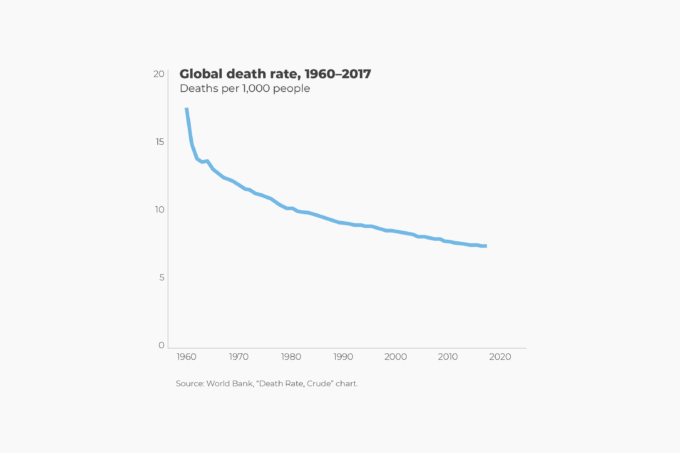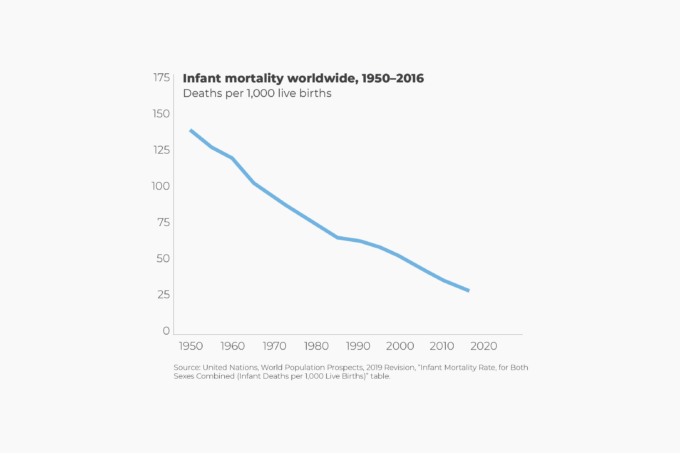AIDS (acquired immunodeficiency syndrome) is a range of progressively worsening medical conditions caused by infection with HIV (human immunodeficiency virus) that, if left untreated, culminates in death. In the main, HIV spreads through unprotected sex, contaminated blood transfusions, and hypodermic needles, as well as from mother to child during pregnancy, delivery, and breastfeeding. Scientists believe that HIV is an offshoot of SIV (simian immunodeficiency virus)—a virus that attacks the immune system of monkeys and apes. It is thought that the virus “jumped” from simians to humans in the 1920s when Congolese hunters came in contact with animal blood.
The first countries to document cases of people infected with HIV include Congo in 1959, Norway in 1966, and the United States in 1969. In its early days, the disease spread primarily within the gay community, with infection rates of 5 percent among homosexual men in New York and San Francisco in 1978. The disease was first covered by the mainstream press in 1981 and named one year later. Over time, the disease has come to affect everyone, with heterosexual men and women accounting for the vast majority of the 76 million people who have been infected with the virus and the 35 million people who have died from AIDS over the past 40 years.
The first drugs slowing the progression of HIV appeared in the mid-1990s. Today, the disease can be treated with highly active antiretroviral therapy, which not only slows the disease’s progression, but also decreases the risk of HIV transmission from one person to another.
The HIV pandemic peaked in the mid2000s, when some 1.9 million people died of AIDS each year. In 2017, fewer than 1 million died from the sickness. In the mid-1990s, some 3.4 million new HIV infections occurred each year. In 2017, only 1.8 million new HIV infections were documented. In 2017, 37 million people were living with HIV. That year, 59 percent of those living with the disease had access to treatment.
In 2000, the highly active antiretroviral therapy cost more than US$10,000 per patient per year. Within a year, the United Nations found, the price plummeted to US$350 per person per year when generic manufacturers began to offer treatment, opening up treatment possibilities in developing countries. In 2016, the price stood at US$64 per patient per year. Even the world’s poorest people, such as those in Sub-Saharan Africa, enjoy access to drugs courtesy of Western aid, especially the U.S. President’s Emergency Plan for AIDS Relief.








